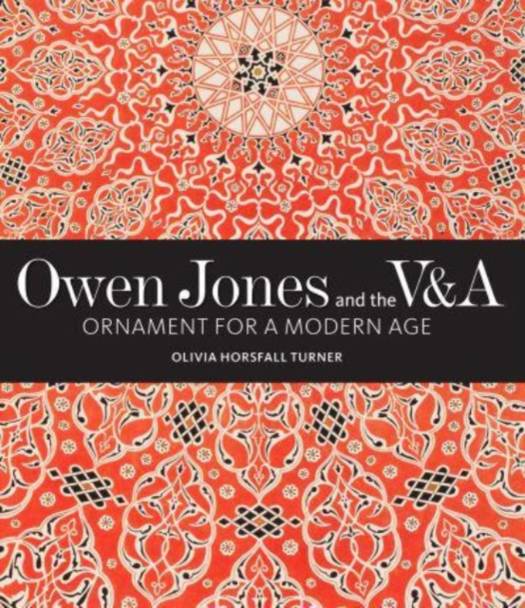
Door een staking bij bpost kan je online bestelling op dit moment iets langer onderweg zijn dan voorzien. Dringend iets nodig? Onze winkels ontvangen jou met open armen!
- Afhalen na 1 uur in een winkel met voorraad
- Gratis thuislevering in België vanaf € 30
- Ruim aanbod met 7 miljoen producten
Door een staking bij bpost kan je online bestelling op dit moment iets langer onderweg zijn dan voorzien. Dringend iets nodig? Onze winkels ontvangen jou met open armen!
- Afhalen na 1 uur in een winkel met voorraad
- Gratis thuislevering in België vanaf € 30
- Ruim aanbod met 7 miljoen producten
Zoeken
Omschrijving
Owen Jones (1809- 1874), a prolific architect, designer, illustrator and printer, was recognised during his lifetime as one of the most influential contemporary figures in art and design theory. This insightful book, the latest in the V&A Nineteenth-Century Series, explores his relationship with the South Kensington Museum (later the Victoria and Albert Museum), from its inauguration in the 1850s through to his death in 1874. With particular focus on the creation of his celebrated volume The Grammar of Ornament (1856), his decorative scheme for the museum's so-called ' Oriental Court' and the preparation of his lesser-known publication Examples of Chinese Ornament (1867), it offers a fascinating exploration of the identity of the early museum and its imperial context.
Specificaties
Betrokkenen
- Auteur(s):
- Uitgeverij:
Inhoud
- Aantal bladzijden:
- 160
- Taal:
- Engels
- Reeks:
Eigenschappen
- Productcode (EAN):
- 9781848226012
- Verschijningsdatum:
- 29/09/2023
- Uitvoering:
- Hardcover
- Formaat:
- Genaaid
- Afmetingen:
- 235 mm x 278 mm
- Gewicht:
- 1097 g

Alleen bij Standaard Boekhandel
+ 112 punten op je klantenkaart van Standaard Boekhandel
Beoordelingen
We publiceren alleen reviews die voldoen aan de voorwaarden voor reviews. Bekijk onze voorwaarden voor reviews.











